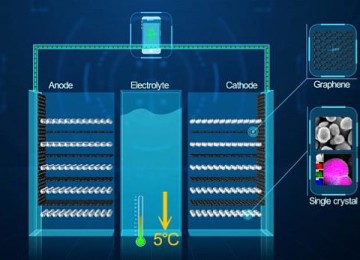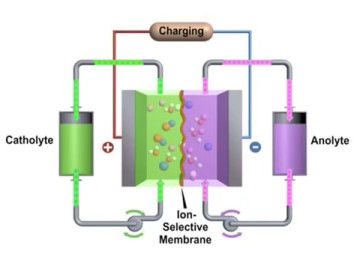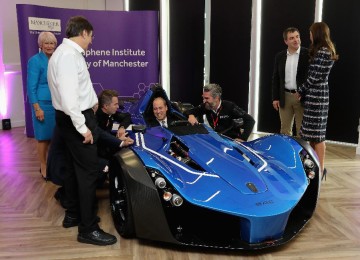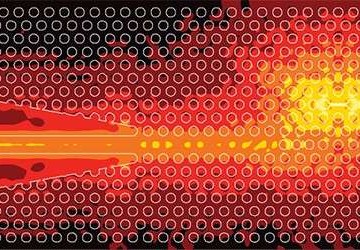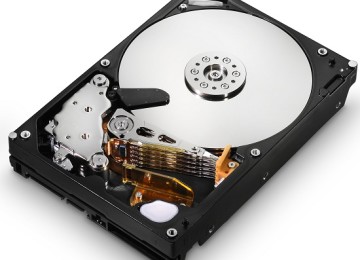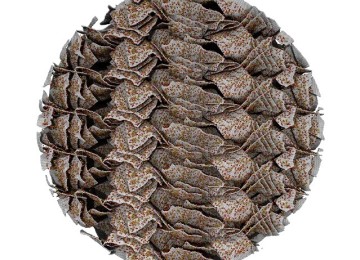New tech depend on Graphene Improves OLED displays quality
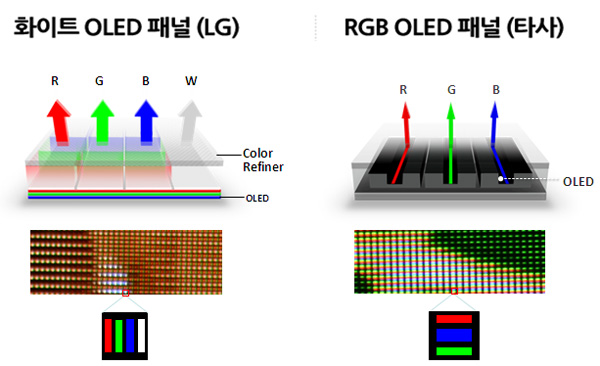
Graphene Improves OLED displays quality by enhance transparency and quality of OLED displays
Researchers Team from South Korea has developed a new technology that improves the transparency and image quality of display panels in OLED displays by 40 to 60 percent, by integrating graphene into organic light-emitting diodes (OLEDs).
Transparent graphene-based electrode for OLED panels is not a new idea. The German Fraunhofer Institute is developing such electrodes for OLED panels as part of the European GLADIATOR project, and recently Graphene 3D Lab demonstrated a printed OLED lighting device with a graphene electrode. Plastic Logic (FlexEnable) demonstrated an E Ink display with graphene electrodes back in 2014, and the company is also working on an OLED panel using similar electrodes.
The Korean researchers explain that current metal (mostly silver) based electrodes have a limited viewing angle because of their internal light reflection, and the external light reflection affects the image quality. Graphene electrodes are more transparent and reduce the reflectance by 40-60 percent.
ETRI says that this technology will be especially suitable for transparent OLEDs and white-OLED based panels (WRGB, or WOLED technology). The scientists aim to continue this research and improve the graphene electrode performance.
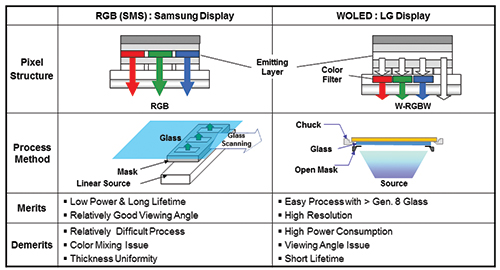
WOLED display has more advantages
What is WOLED display technology ?
Developments on AMOLED TV panels have been ongoing, but none has been up to commercialization level yet. With the existing fine metal mask (FMM) method, there are too many hurdles in the mass production of large-sized AMOLED TV panels. Hence, panel makers have been coming up with alternatives such as white OLED (WOLED) and “soluble” AMOLED panels for TV panels that can be mass produced, but there are no companies that are close to mass producing these panels.
In this regard, IHS has published three articles to review the “soluble” AMOLED technology as an alternative to mass produce AMOLED TV panels.
The last two articles dealt with a definition of the “soluble” AMOLED, its manufacturing process, the necessity of developing it, introduction to the companies developing it, and the issues with the development of the “soluble” AMOLED panel as well as the development flow. This article seeks to discuss whether WOLED and “soluble” AMOLED will be alternatives to the FMM method and whether there is a chance of commercializing these panels into TV products.
As one alternative, WOLED technology is being developed for the mass production of large-sized AMOLED panels. WOLED has an organic light-emitting layer structure in which more or less 15 layers (including two to three color emissive layers) are deposited by lamination. To this end, white light is created in the organic light emitting layer, and that white light goes through a color filter to create red, green and blue (RGB) colors.
Since WOLED creates RGB through a color filter and has a laminated structure, an open mask process is required. Therefore, the deposition efficiency is high and the process is relatively easy compared to the FMM process. In addition, it is relatively stable when processed in large-sized equipment. In theory, WOLED has many advantages in terms of production cost and in the level of difficulty, but it has some problems with yields and has to use a color filter, compromising on some benefits of the AMOLED, such as great color reproduction.












